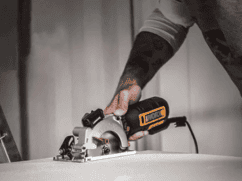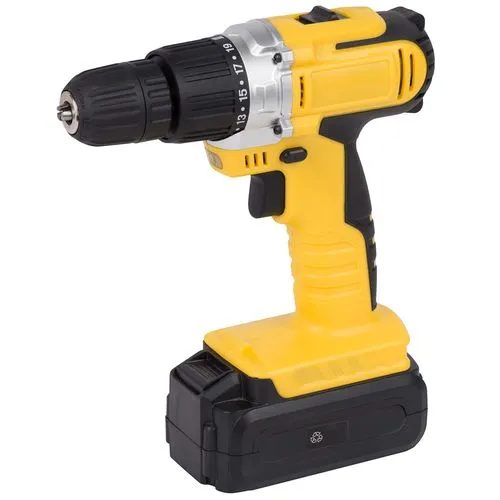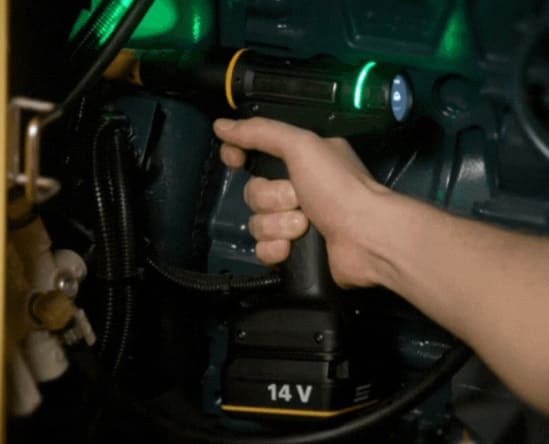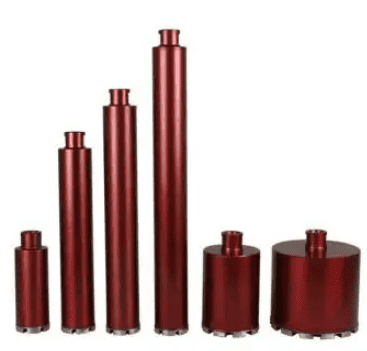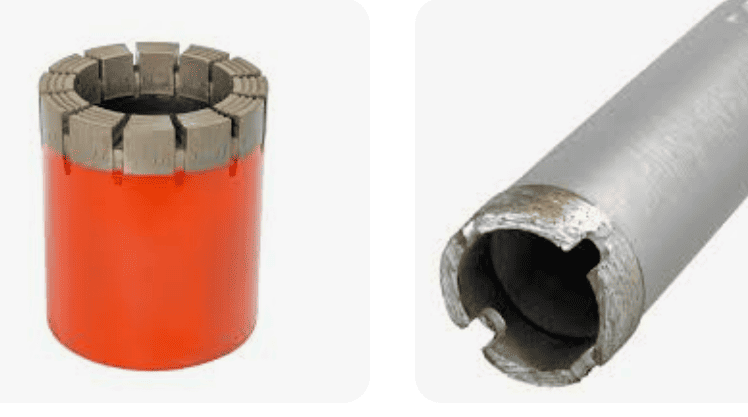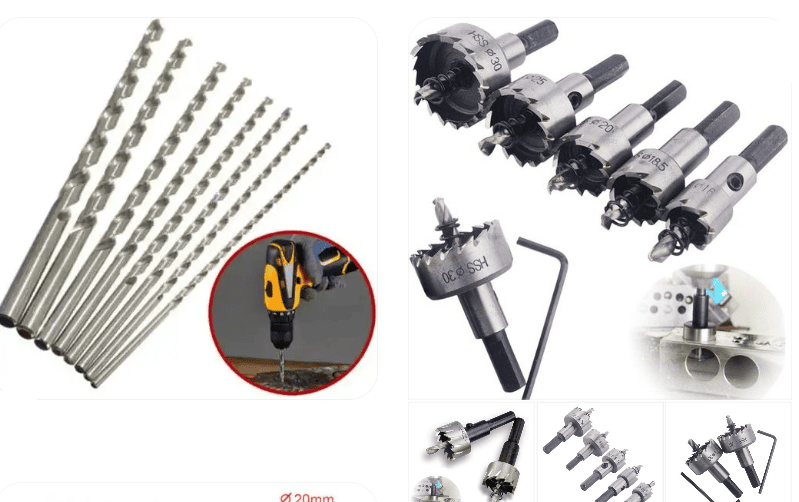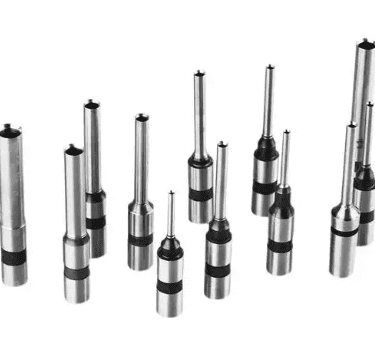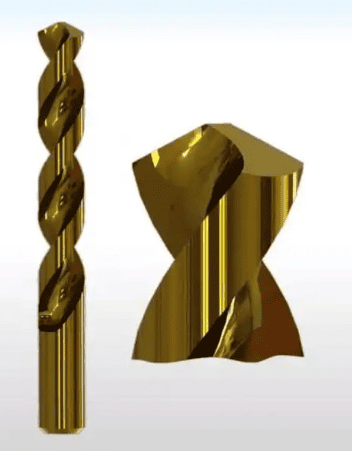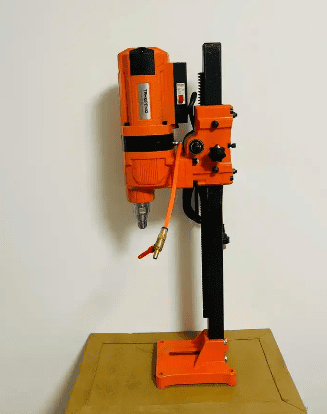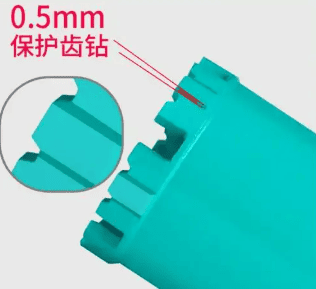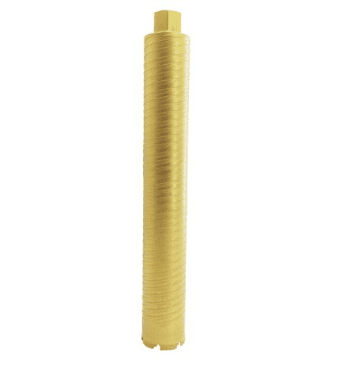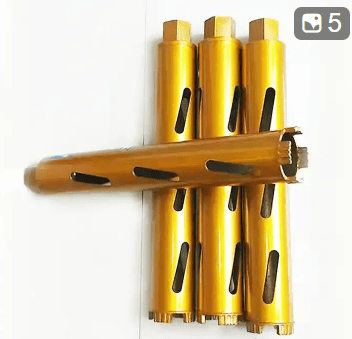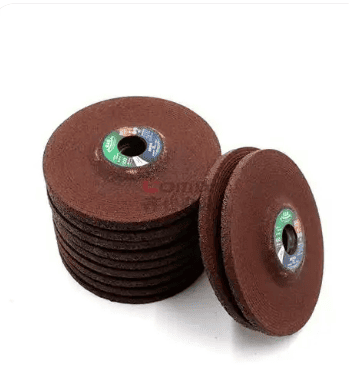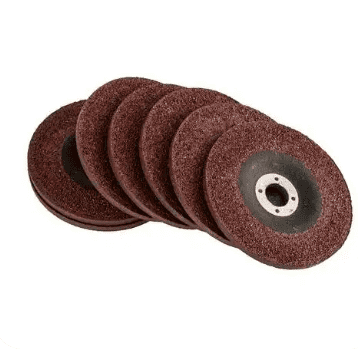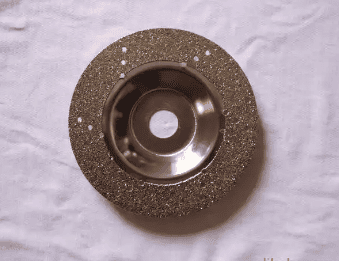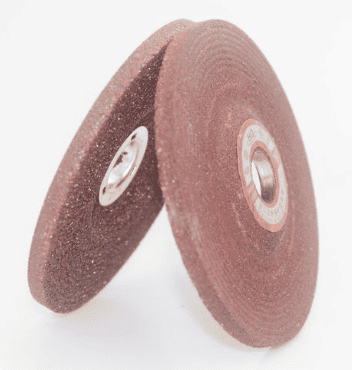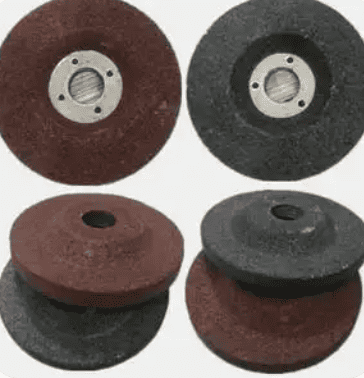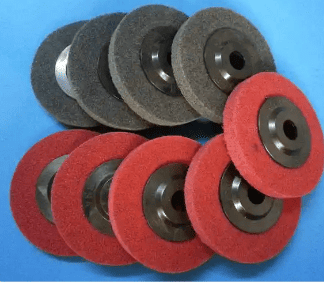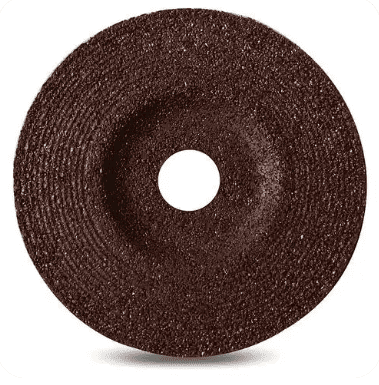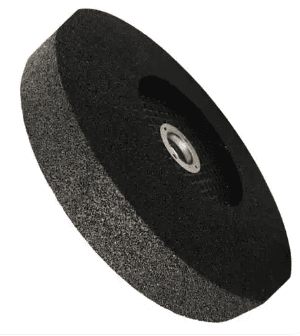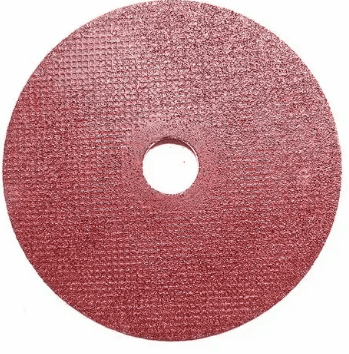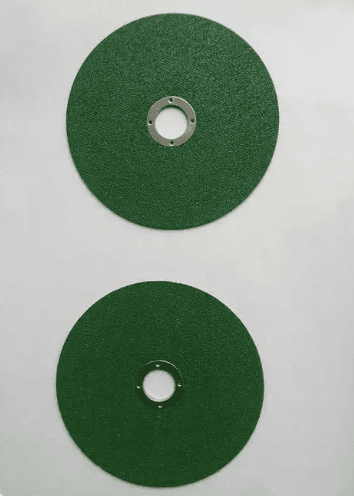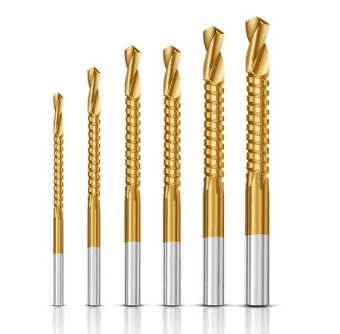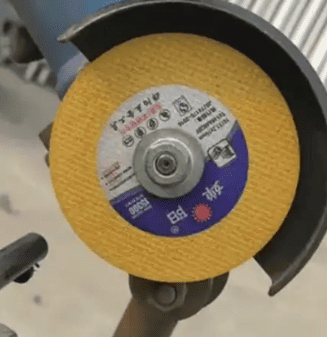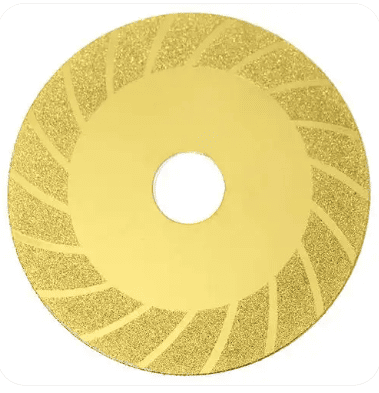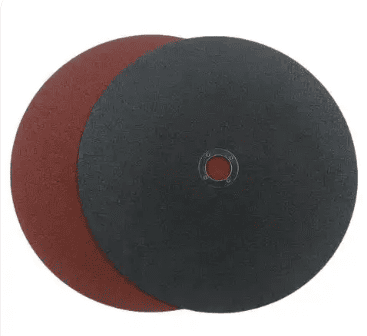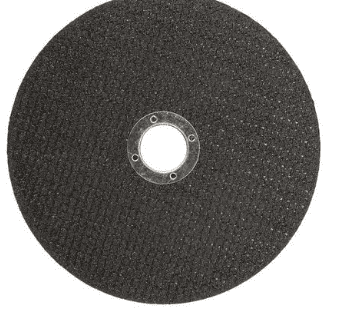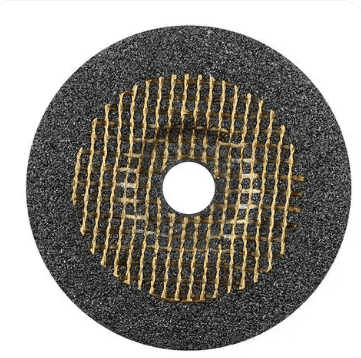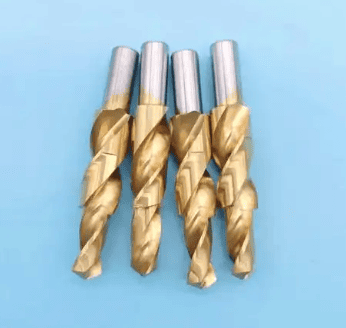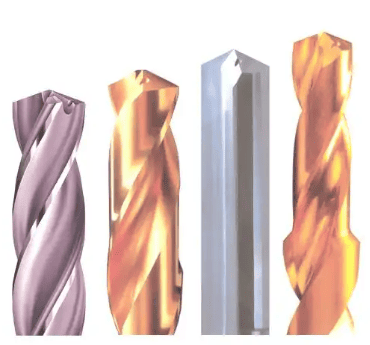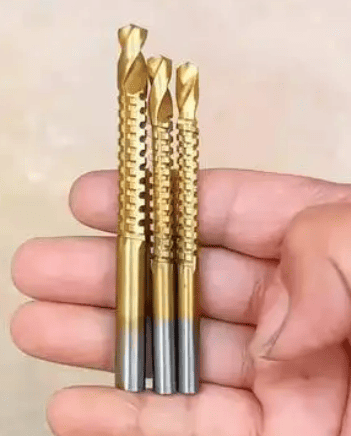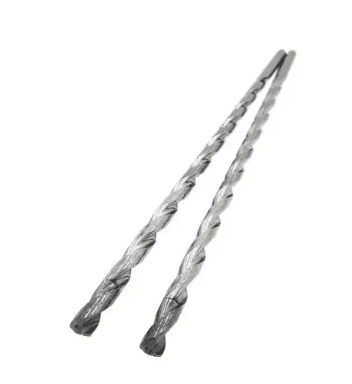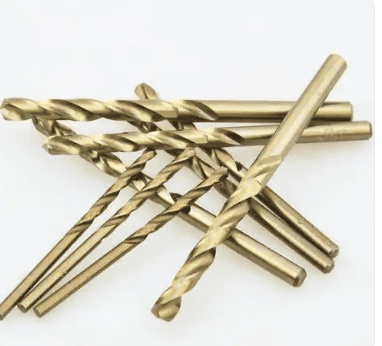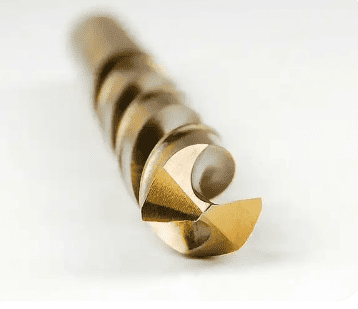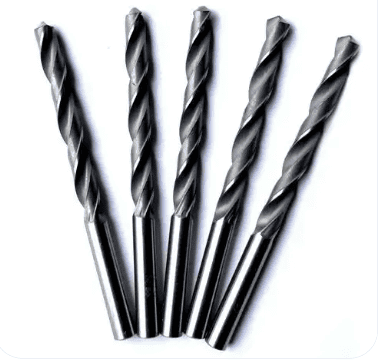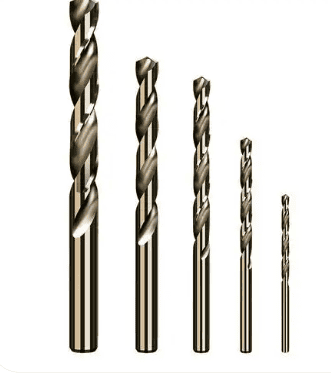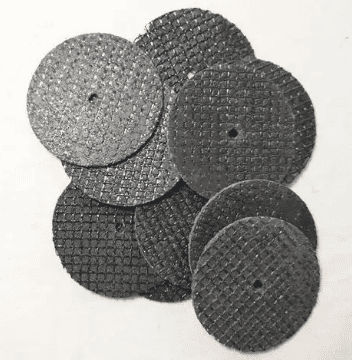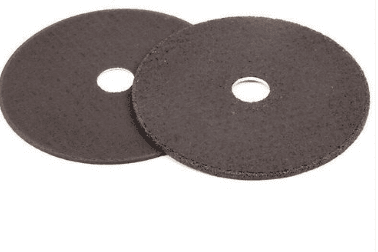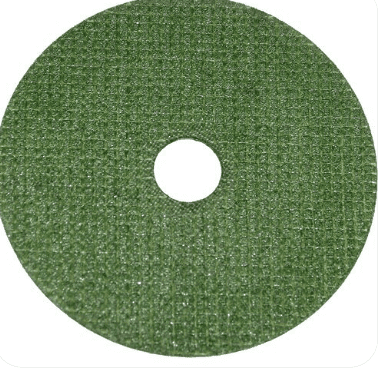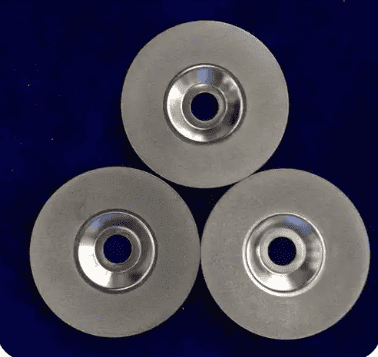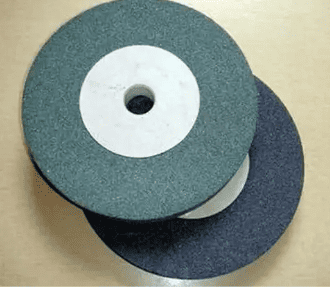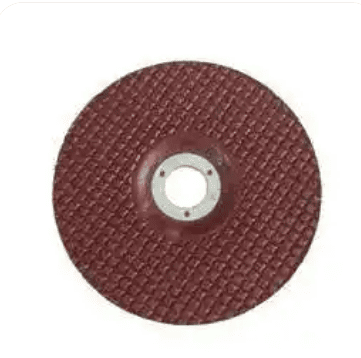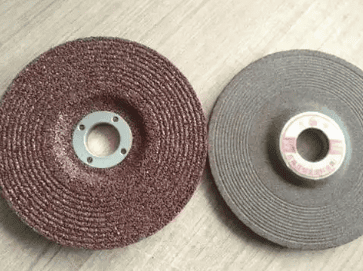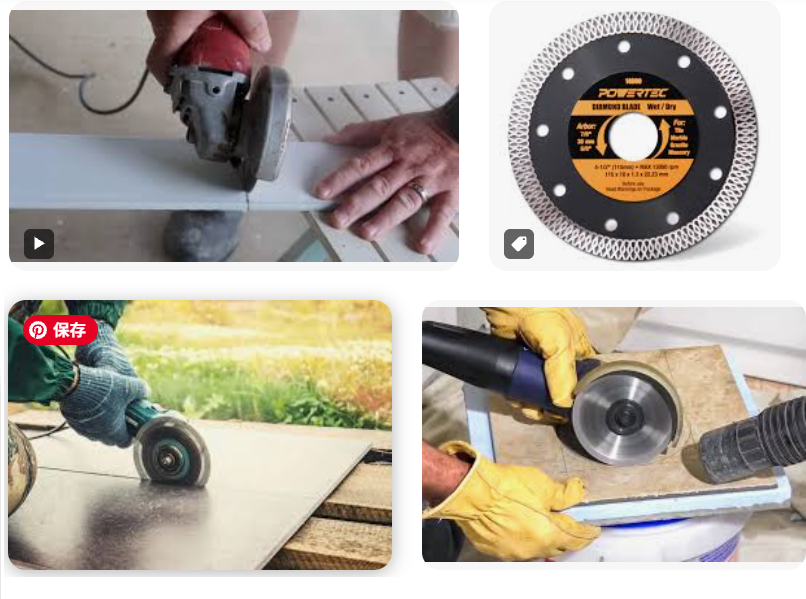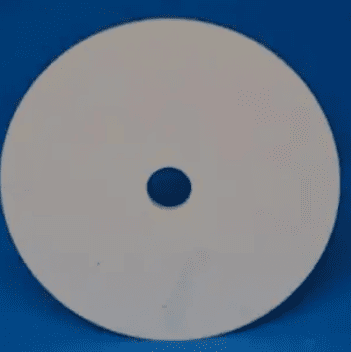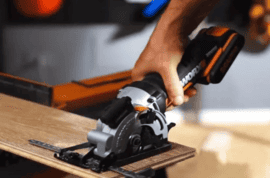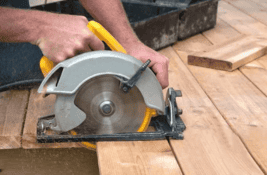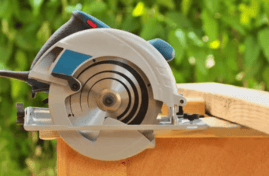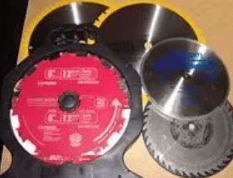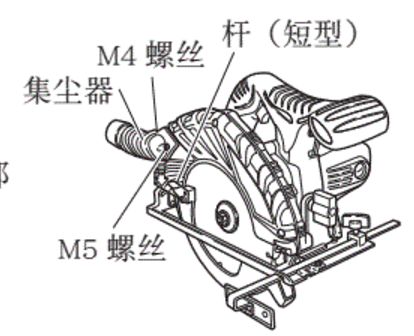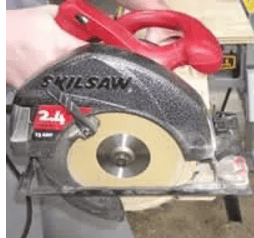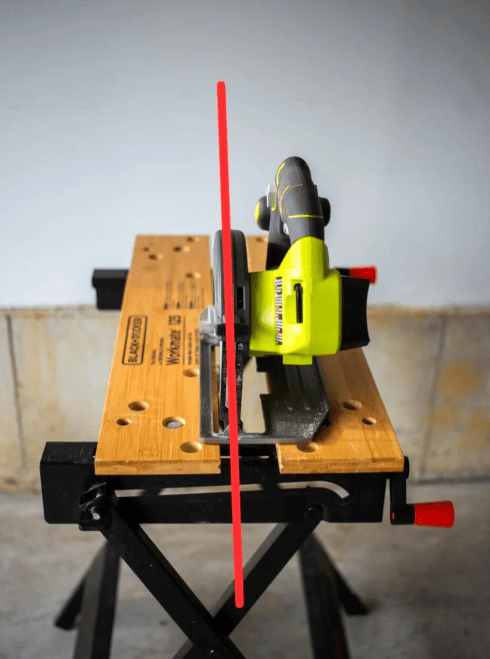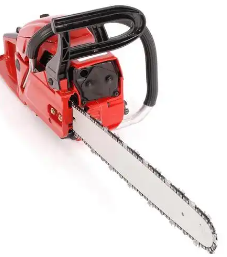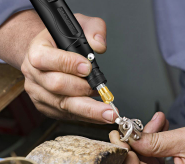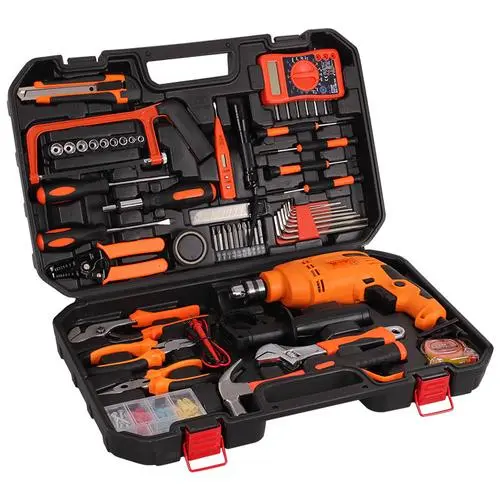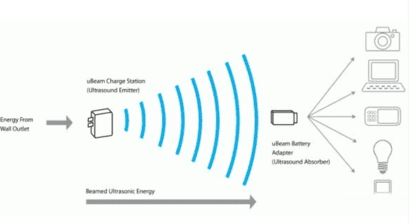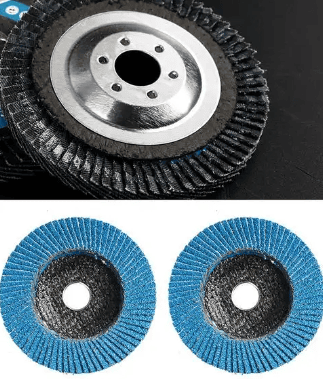Rotary Tool vs. Die Grinder: Which One is Better?
Rotary Tool vs. Die Grinder: Rotary tools and die grinders are essential for DIY enthusiasts, hobbyists, and professionals alike. Both tools offer versatility and can tackle a variety of tasks, but they have distinct differences that affect their performance and suitability for specific applications. Understanding the pros and cons of each tool is crucial for making an informed decision.

Overview of Rotary Tools
Rotary tools are handheld power tools that utilize a spinning motion for various tasks. They are used in applications such as woodworking, metalworking, jewelry making, and more. Typically, a rotary tool features a motor that drives a spindle or collet to hold various attachments or bits.
Types of Rotary Tools
Rotary tools come in a range of models, from basic to advanced. They can be corded or cordless, with popular brands including Dremel, WEN, and Black & Decker.
Benefits of Rotary Tools
- Versatility: Rotary tools can easily switch attachments for diverse tasks.
- Affordability: They are generally budget-friendly, appealing to both professionals and hobbyists.
- Portability: Their compact and lightweight design makes them easy to handle.
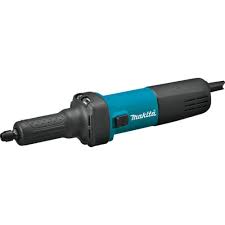
Limitations of Rotary Tools
- Power Limitations: They may lack the power for heavy-duty applications, such as cutting thick metal or concrete.
- Durability: Some models may not withstand extended use in professional settings.
Choosing the Right Rotary Tool
When selecting a rotary tool, consider your specific needs, tasks, and the power and speed required. Brands like Hardell offer reliable options with excellent customer service and warranties.
Overview of Die Grinders
Die grinders are also handheld power tools, primarily used for grinding, sanding, and shaping materials like metal, wood, and plastics. They are commonly used in metalworking for machining, grinding, and polishing.
Types of Die Grinders
Die grinders are available in various models, both corded and cordless, with popular brands including Makita, DeWalt, and Milwaukee.
Benefits of Die Grinders
- Power and Versatility: Die grinders typically offer higher speeds and the ability to switch attachments for various tasks.
- Affordability: Like rotary tools, die grinders are accessible for both professionals and hobbyists.
- Compact Design: Their lightweight nature makes them easy to handle.
Limitations of Die Grinders
- Precision Tasks: They may not be ideal for intricate work like carving or engraving.
- Durability: Some models may have limitations in terms of long-term use, especially in professional environments.
Choosing the Right Die Grinder
When selecting a die grinder, assess your specific tasks and choose a model that offers the appropriate power, speed, and attachments.
Comparing Rotary Tools and Die Grinders
Power and Speed
Die grinders generally have more powerful motors (1/4 to 1/2 horsepower) compared to rotary tools (1/8 to 1/3 horsepower). This makes die grinders better suited for heavy-duty tasks that require high-speed cutting, grinding, and polishing.
Size and Weight
Die grinders are larger and heavier, designed for robust tasks, while rotary tools are smaller and lighter, ideal for precision work in tight spaces.
Precision and Control
Rotary tools excel in precision tasks like engraving and etching, offering better control. Die grinders are better for heavy-duty tasks requiring more power and speed.
Versatility and Range of Attachments
Both tools are versatile, but rotary tools can accommodate a wider range of attachments, including cutting wheels, sanding drums, and polishing pads. Die grinders typically work with grinding wheels and cut-off wheels.
Examples of Applications
Rotary tools are perfect for detailed work like jewelry making and model crafting, while die grinders excel in metalworking, automotive repair, and construction.
User Preferences and Experience
Personal preferences and experience influence the choice between rotary tools and die grinders. Beginners may find rotary tools easier to use, while experienced users may prefer the power of die grinders for larger projects.
Tips for Choosing Between the Two
- Type of Work: For fine detail work, choose a rotary tool. For heavy-duty tasks, opt for a die grinder.
- Attachments Needed: Consider the required attachments for your projects.
- Ergonomics: Choose the tool that feels most comfortable for you.
- Experience Level: Beginners may benefit from the versatility of rotary tools, while experienced users may prefer die grinders.
Conclusion
Both rotary tools and die grinders are valuable for various applications. The choice depends on your specific needs, the level of precision required, and your experience. Consider the tasks at hand to select the tool that best suits your projects.
By weighing the advantages and limitations of each tool, you can make an informed decision that aligns with your requirements and preferences.
We OEM your brand and also color box, printed bags, outer box packages.
You can also refer to following links if you are interest in following information:
6 color printing machine 8 side sealing bags AC EV Charger

